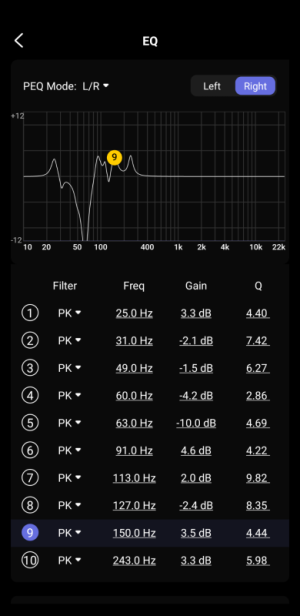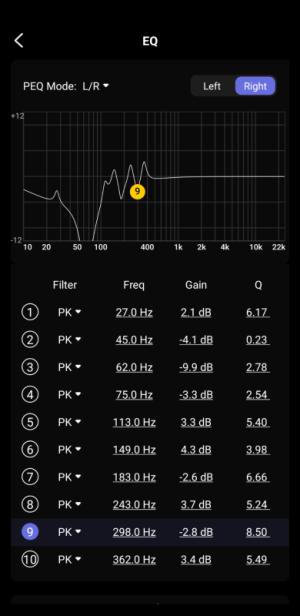It's very generous of you.... ;-) It is perhaps essential that people realize above all:Perhaps first it would be good to take one step back and explain impulse response windowing in general.
May I suggest reading this short miniDSP article on the subject? It illustrates very nicely how gating of the in-room measured impulse response filters-out reflections and thereby only the loudspeaker direct sound remains.
On the same topic I suggest to also have a look at this amazing post by napilopez over at ASR. I very much recommend reading it as well.
The (very) short and dirty explanation is that the direct sound takes the fastest path to the microphone (i.e. straight line) so comes earlier than any reflections (which all take indirect paths since they need to bounce off something).
We then cut-off (i.e. "window") the measured impulse response at the point just before the reflection reaches the microphone, thereby filtering out all of the reflections.
When this technique is used to measure loudspeakers it is often called "quasi-anechoic" method, and it can be used to create loudspeaker measurements that are comparable to those from anechoic chambers and Klippel NFS, perfectly matching them above about 1kHz (though some resolution is lost below 1kHz due to gating).
FDW (frequency-dependent windowing) is following the same concept of windowing the impulse response to filter-out the reflected sound, but it does this with different window lengths at different frequencies - specifically by decreasing window length as frequency increases. This means that the reflected sound is kept in the response at low frequencies, but is progressively filtered out as frequency increases.
Let's now look at the example from REW help:
Note that a 100Hz tone has a cycle length of 10ms (1/100 s), and a 10kHz tone has a cycle length of 0.1ms (1/10000 s) - so if we set FDW window length instead to 5 cycles we'd get:
10Hz -> 5 x 100ms = 500ms
20Hz -> 5 x 50ms = 250ms
50Hz -> 5 x 20ms = 100ms
100Hz -> 5 x 10ms = 50ms
200Hz -> 5 x 5ms = 25ms
500Hz -> 5 x 2ms = 10ms
1kHz -> 5 x 1ms = 5ms
2kHz -> 5 x 0,5ms = 2,5ms
5kHz -> 5 x 0,2ms = 1ms
Etc...
If we now assume a trivial example where both a loudspeaker and a microphone are both 1m above the floor, but 2,5m apart we can calculate that the floor reflection will arrive to the microphone ~2ms after the direct sound. This means that our 5-cycle FDW should filter out the effect of this floor reflection completely above ~2,5kHz, but it will keep the floor reflection effects in the response below 2,5kHz.
Hopefully this also illustrates the issue with FDW - not all rooms will have the same layout, and not everyone will position their loudspeakers the same - so the FDW cycle setting cannot be universal for every room/layout/placement.
Also, since we have multiple reflective surfaces around the loudspeaker and the listening position (MLP), with their different path lengths, the various reflections will come with different delays after the direct sound to the MLP - this means that a specific FDW cycle setting will not be equally effective at removing all of these reflections at specific frequency ranges.
To sum up - IMHO FDW is an interesting concept to experiment with, but I've personally always found it less effective and more complicated than simply using MMM with variable smoothing in REW to correct resonances below the room transition frequency (usually below 400Hz).
Corrections above the room transition frequency are not "room correction" anymore, it becomes "loudspeaker correction" instead - and this better done based on anechoic measurements rather than FDW.
Note that a lot of EQ presets for various loudspeaker models based on anechoic measurements can be found on spinorama.org.
"Corrections above the room transition frequency are not "room correction" anymore, it becomes "loudspeaker correction" instead - and this better done based on anechoic measurements rather than FDW."
but also the element concerning the correction typically above 1k...the famous "target curve."...
which in reality was largely in part just the observation of a natural fall linked to the distance to the source.. with not necessarily, except in close listening, the need for great efforts....
;-)



